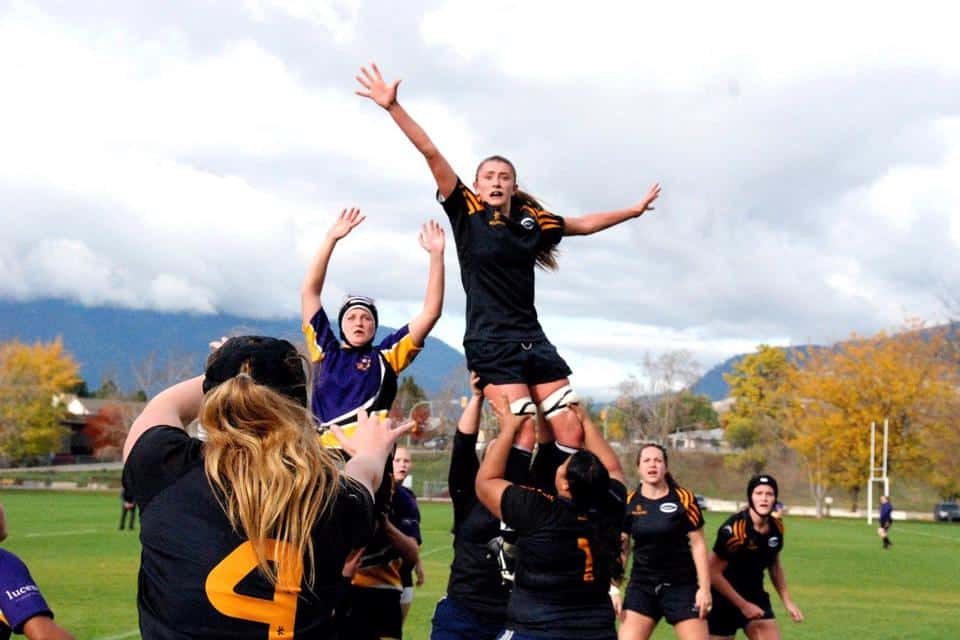
Grassroots: The Lifeblood of Rugby
Undoubtedly, grassroots rugby is the bedrock of all great professional individuals and teams. The Jonny Wilkinson’s, Richie McCaw’s and Brian O’Driscoll’s of the world all started off playing at their local clubs, with aspirations of pulling on their country’s jersey one day.
According to statistics released by the RFU, during the 2018-19 season, approximately one-third (7,500) of all grassroots fixtures in England were cancelled due to insufficient playing numbers. These figures are both shocking and saddening.
From an outsider’s perspective, it could seem as if rugby in England is alive and well. The senior men reaching the Rugby World Cup final in Japan, the senior women claiming the Six Nations title and the age-grade teams performing well over the past few years. Unfortunately, this has not translated into grassroots. Why?
The People are Changing
One of the main reasons that is attributed to grassroots rugby’s dwindling participation numbers is the culture shift within the game. If we look back thirty-years ago, rugby, quite literally, was for anyone and everyone. Regardless of your height, weight or speed, there was a position for you.
More so now than ever before, rugby seems to be dominated by a ‘get big or die trying’ ethos, which has seen several players spend more time squatting and downing protein shakes than actually on the pitch playing. Consequently, the subsequent effect is that, quite frankly, rugby it a lot more painful to play now! High tackles, bone-shuddering clear-outs at ruck time and scrums that send the Richter scale crazy happen on a far more regular basis.
In essence, rugby may be losing players because some people just don’t feel big enough to play anymore.
The Clubs are Changing
A lot of rugby clubs simply do not do enough to promote their sport to the working classes. If nothing else, the core responsibilities of clubs is to attract new players and audiences in the hope of creating new fans of the game. Proud of their heritage, traditional rugby clubs can be guilty for not adapting with the times – often not maintaining websites and social media channels, which consequently means that aspiring players are unable to find regular updates and contact details.
Since the introduction of professional contracts earlier this year, the women’s game has gone from strength to strength. With household names like Tyrrells and Guinness investing in The Women’s Premiership and Six Nations, there has been a huge paradigm shift over the past few seasons. If clubs want to revitalise their demographic and drum up new interest from new spectators, introducing a local women’s team will boost the number of people in the bar after matches and help to defeat the public-school boy perception.
Looking Ahead
Grassroots rugby clubs have an obligation to create an environment that people want to be a part of. Rather than accepting their fate and bystanding while numbers continue to drop year on year, season on season, clubs must take a proactive approach to attract new players. Whether that means updating their website or modernising their approach to recruitment, clubs must be their own biggest fan and be a catalyst for change.
by Tom Home



